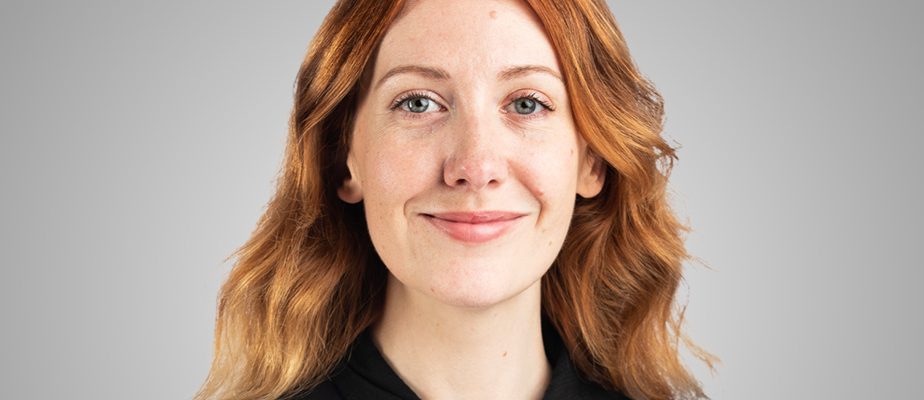“Hello, Rose-Aimée, I am a visual artist who has been working on the idea of living for a long time. I would like to know your opinion on what the House is. »
Although I almost always enjoy reading your emails, I must admit that this one particularly piqued my curiosity. Google told me that the reader who sent it to me, Michèle Assal, was a prolific artist. I was quickly touched by the houses that she has been offering in several forms for almost 40 years.
A few days later, I found her in her workshop. The space was flooded by northern light, that of “perfect clarity”, according to the artist.
“What is a house to you?” »
I didn’t have time to ask the first question. Surprised, I thought for a moment. It’s a refuge. This is where I am safe, where I can drop off. It’s my home, but it’s also my sisters’ home.

PHOTO MARCO CAMPANOZZI, THE PRESS
A house is a nest.
“It’s the nest,” said the woman who paints, sculpts, photographs, repurposes furniture and creates installations. Then, she pointed to a work near her. The digital print featured a house in a nest. A mix of photography and drawing. The definition of what I was trying to put into words.
I returned the question to Michèle Assal.
For me, home is what makes us happy.
Michele Assal
“My first memory of extraordinary well-being is in my grandparents’ attic. A small door led to a gap in the wall. The floor was covered with wood chips and the walls were blue. I spent my afternoons in the sky! It’s my first reference to home and the joy of having an atmosphere, of having something that put me in a certain state. This state, now, I carry it within me,” explains the artist.
I liked the idea. What if, from home to home, we moved sensations with us?

PHOTO MARCO CAMPANOZZI, THE PRESS
According to the artist Michèle Assal, we carry our house within us.
“The dream house is made up of everywhere where we have had great experiences,” believes Michèle Assal. This is a conclusion she owes to the French philosopher Gaston Bachelard. The artist began to become interested in it while she was starting a master’s degree in visual and media arts. Bachelard became “a guide”, a thinker who taught her to name what she felt.
The former teacher – she worked for 20 years at Cégep Édouard-Montpetit – gave me an assignment: I absolutely had to read The poetics of spacethe work which allowed him to grasp that “the idea of the house, we carry it within us”.
I did so as soon as I got home (and I didn’t regret it). By looking at the way in which great authors have described the house – from the basement to the attic, including chests and cupboards – Bachelard argues that “the image of the house becomes[t] the topography of our intimate being.
For him, the house is “an instrument of analysis for the human soul”, particularly because it shelters our dreams: “The house protects the dreamer, the house allows us to dream in peace. »
If the home shelters our daydreams, it also inhabits them: “ […] even when we no longer have an attic, even when we have lost the attic, it will always remain that we loved an attic, that we lived in an attic, writes Bachelard. We return there in the dreams of the night. »
Allow me to spoil myself with one last quote, please: “By remembering “houses”, “rooms”, we learn to “abide” in ourselves. »

PHOTO MARCO CAMPANOZZI, THE PRESS
Michèle Assal practices the art of engraving, among others.
It is no coincidence that the houses that Michèle Assal creates almost never have doors and windows. The artist wants people who look at them to be able to project whatever they want onto them. Nothing lets us see what is happening inside, so we must resort to our own.
This is what makes these works self-portraits. Not only that of Michèle Assal, but also that of the people who choose to take them home. They recognized themselves there.
Michèle Assal’s little houses are chests in which to deposit our memories, our fantasies, the relationship we have with the roofs which have welcomed us, over time, and which have given birth to what we value today. today to be “at home”. This space, or this state of mind, so reassuring.
Upset by the wars currently tearing the world apart, Michèle Assal has recently created houses that move. Thinking about people who must leave their homes to survive, she began to imagine homes that could work alongside them.

PHOTO MARCO CAMPANOZZI, THE PRESS
Michèle Assal in her “workshop”
We often forget how lucky we are to still have a roof over our heads.
“And why the ears? »
The question has been burning on my lips since my arrival. On the walls of the workshop, lots of houses, but also some representations of an ear.
It’s because there are houses where they listen to us and others where they refuse to hear us, Michèle Assal answered me. It’s also because she likes to say that her title is “artist with ears”.
I looked at the time. I had been chatting for almost 90 minutes. Michèle certainly honored her role.
* * *
(I lied when I said I was quoting for one last time The poetics of space by Gaston Bachelard. I want to end with this passage, perfectly second-hand:
“Of all the seasons, winter is the oldest. It adds age to our memories. It refers to a long past. Under the snow the house is old. “)
